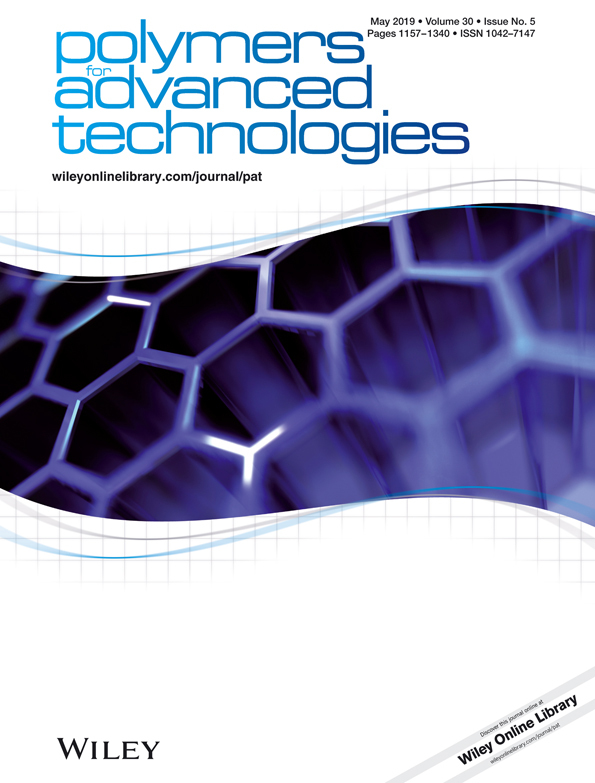Photo-aligning of polyimide layers for liquid crystals
Abstract
A series of soluble and highly transparent semi-alicyclic polyimides (PIs) with designed flexible linkages have been synthesized derived from an alicyclic aromatic dianhydride (1,2,3,4-cyclobutanetetracarboxylic dianhydride, CBDA) and various aromatic ether-bridged diamines. The semi-alicyclic PIs were evaluated as the photo-alignment layers of liquid crystal (LC) molecules in liquid crystal display (LCD). Experimental results indicate that the photo-alignment characteristics of LC molecules induced by the photo-aligned PI layers and the electro-optical (EO) properties of the LC cell devices are closely related with PI backbone structures. The retardation of the photo-aligned PI layers is correlated with the ultraviolet (UV) absorption intensity of PI at 220 to approximately 330 nm. The higher UV absorption intensity PI has, the higher retardation and lower pre-tilt angle the photo-aligned PI layer exhibits. The defect-free and photo-aligned PI layer could result into the uniform LC texture, which is highly desired for in-plane switching (IPS) mode LCD devices. In comparison, PI layer containing trifluoromethyl moiety shows poor photo-aligning performance because of the strong electronic withdrawing effect of the fluorinated linkage.




